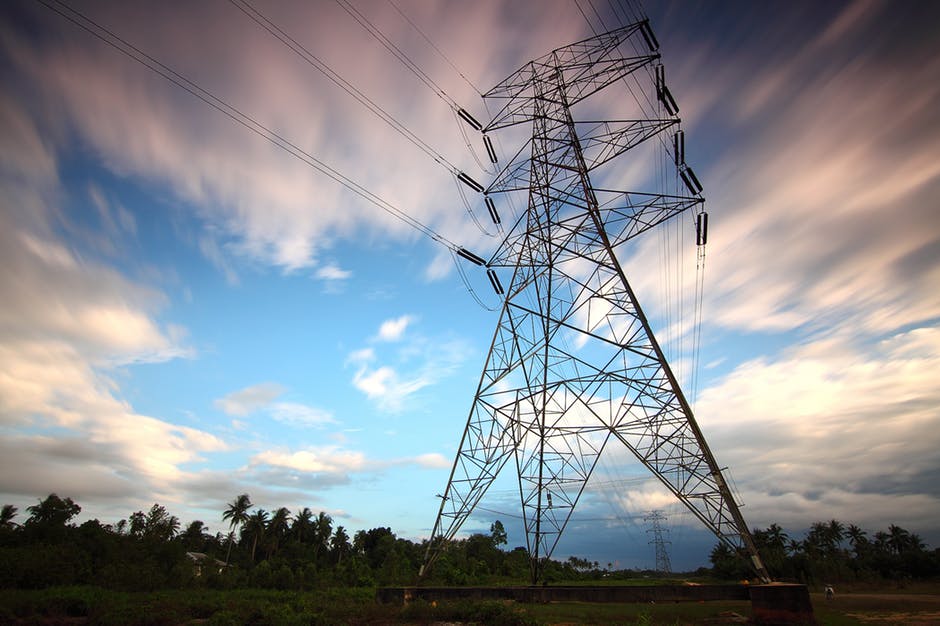Electricity prices in Britain have soared at the beginning of the month, with the post-Brexit market arrangements contributing to the spikes.
The maximum day ahead price in the first week of March hit £683/MWh, which is more than three times the high of £191.55/MWh seen in the first week of March for the last six years, according EnAppSys.
Additionally, in the first three months of 2021, prices in the day ahead market have been generally higher than in the same period in the previous six years.
The first week of March is traditionally a period of high demand, as the triad season – which runs from November to February and sees companies encouraged to reduce consumption – ends, leading to higher evening peaks.
But 2021 has seen a much higher jump that normal due to a number of factors, according to Phil Hewitt, director of EnAppSys. This includes low levels of wind generation for the time of year, which saw Britain’s electricity market become more dependent on imports.
“On March 2 and 3, the interconnector capacity auctions for the evening peak resulted in high prices. In these auctions the interconnectors were the marginal source of power, which meant that they could set the market price. The high capacity auction prices mean that to make a profit, the purchasers of the capacity need to clear at a price higher than the cost of the capacity and the price they can buy power at in France, Belgium or the Netherlands.
“Now that the GB market has left the EU internal energy market, it has left the day-ahead market coupling arrangements. The IEM day-ahead market coupling process with its implicit allocation of capacity on the interconnectors has meant that power flowed from the continent to the GB market at a much lower price.
“However, with the interconnectors now falling back to explicit auctions, this has resulted in extreme prices for capacity when the GB market is under stress.”
The impact of Brexit on power prices was first noted in January, when the cold weather and low wind generation stretched Britain’s electricity market. This lead to a high of £1,500/MWh in the day ahead N2EX market, while the imbalance price hit £4,000/MWh.
While decoupling from the European markets does not in and of itself mean higher electricity prices, it does complicate energy trading leading to greater price divergences between the UK’s now two markets – N2EX and EPEX – and the EU’s main market, contributing to price spikes.
“The new trade and cooperation agreement between the UK and the EU has provision for a loose market coupling arrangement to be established between the GB market and adjacent EU markets by April 2022,” added Hewitt.
“This is an ambitious timescale for the TSOs (transmission system operators) and regulators to gain approval, so in the interim high price peaks and higher balancing costs will become a feature of the GB electricity market. With two small suppliers already going to the wall since the new year, it is an increasingly difficult market to operate in for these new entrants as credit requirements have increased.”
Read more: CURRENT




